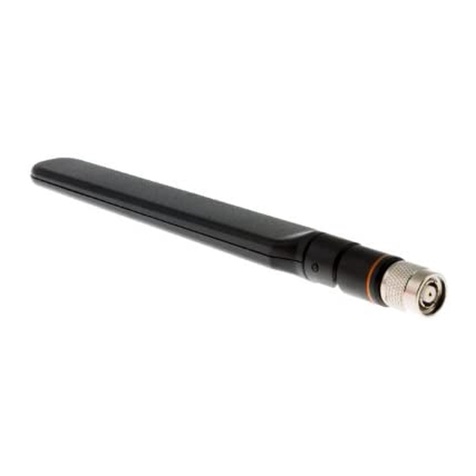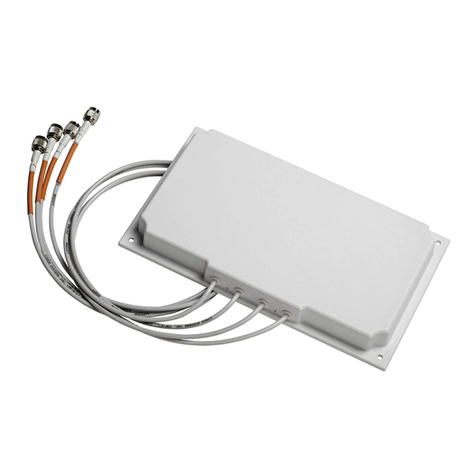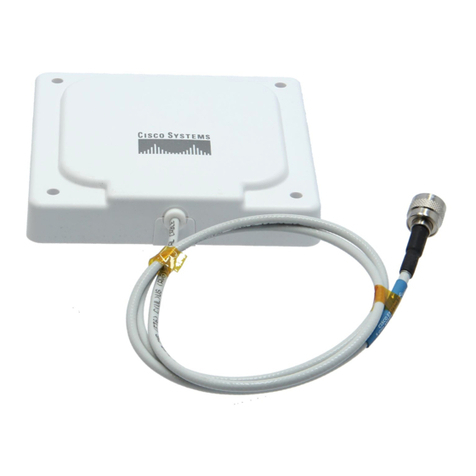Cisco AIR-ANT2451NV-R Quick start guide
Other Cisco Antenna manuals
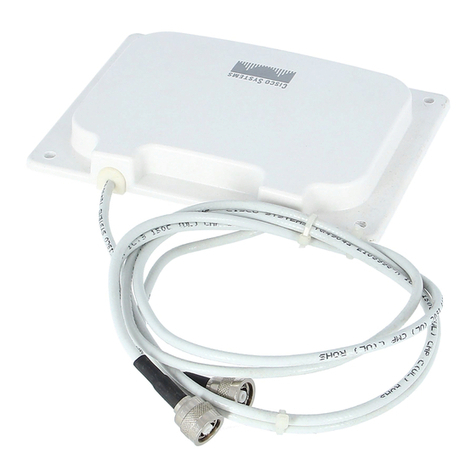
Cisco
Cisco Aironet AIR-ANT2465P-R User manual
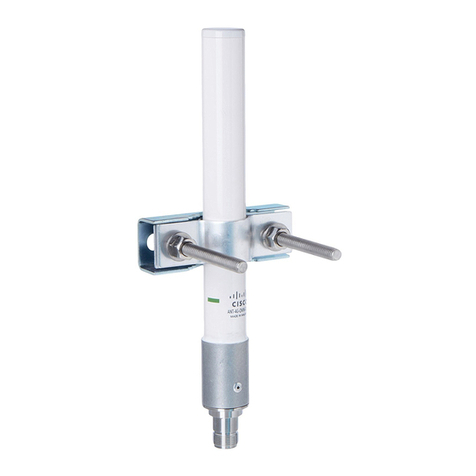
Cisco
Cisco ANT-4G-OMNI-OUT-N User manual
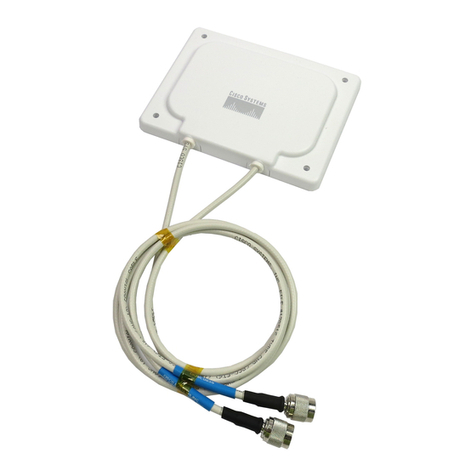
Cisco
Cisco AIR-ANT5170P-R - Aironet Diversity Patch User manual
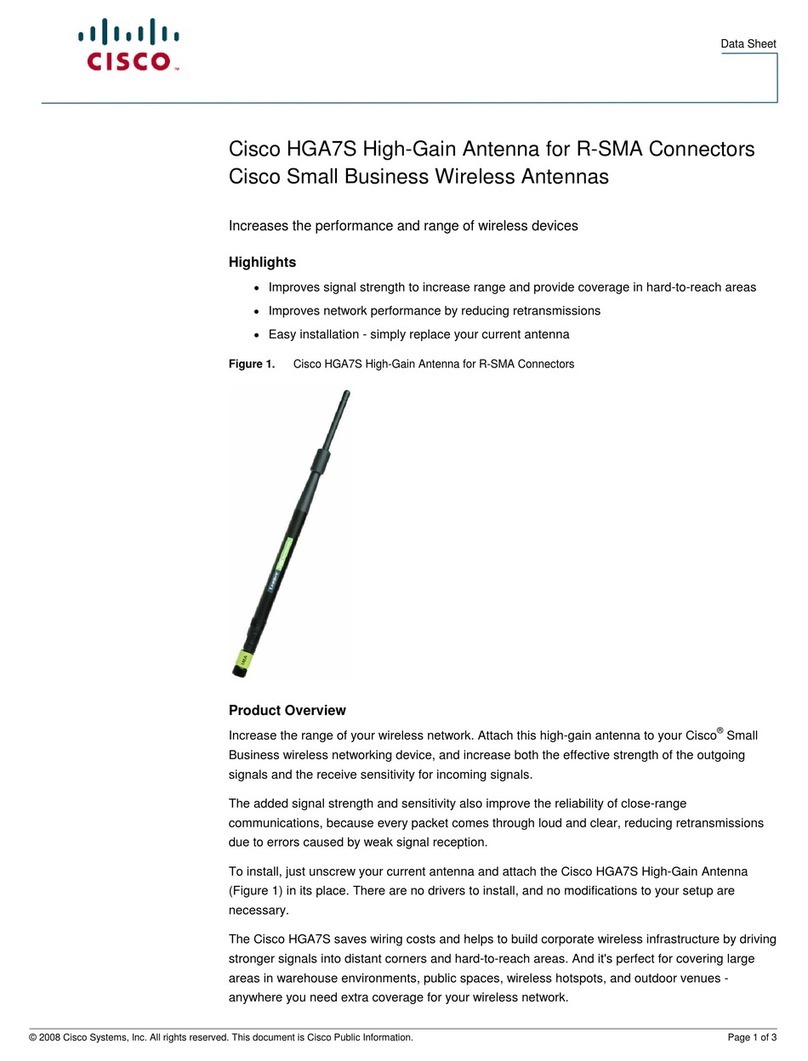
Cisco
Cisco Aironet 2 dBi Diversity Omnidirectional Ceiling Mount Antenna... User manual

Cisco
Cisco Aironet AIR-ANT5145V-R User manual
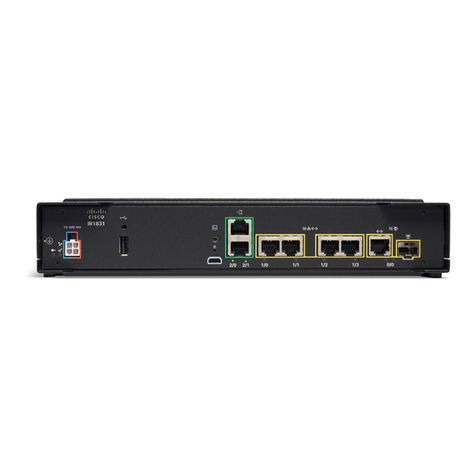
Cisco
Cisco Catalyst IR1800 Rugged Series User manual
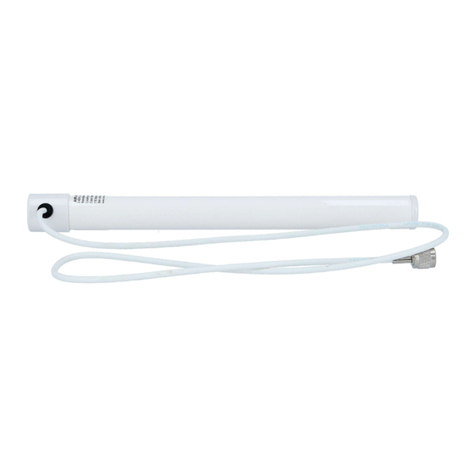
Cisco
Cisco Aironet High Gain Omnidirectional Ceiling Mount Antenna... User manual
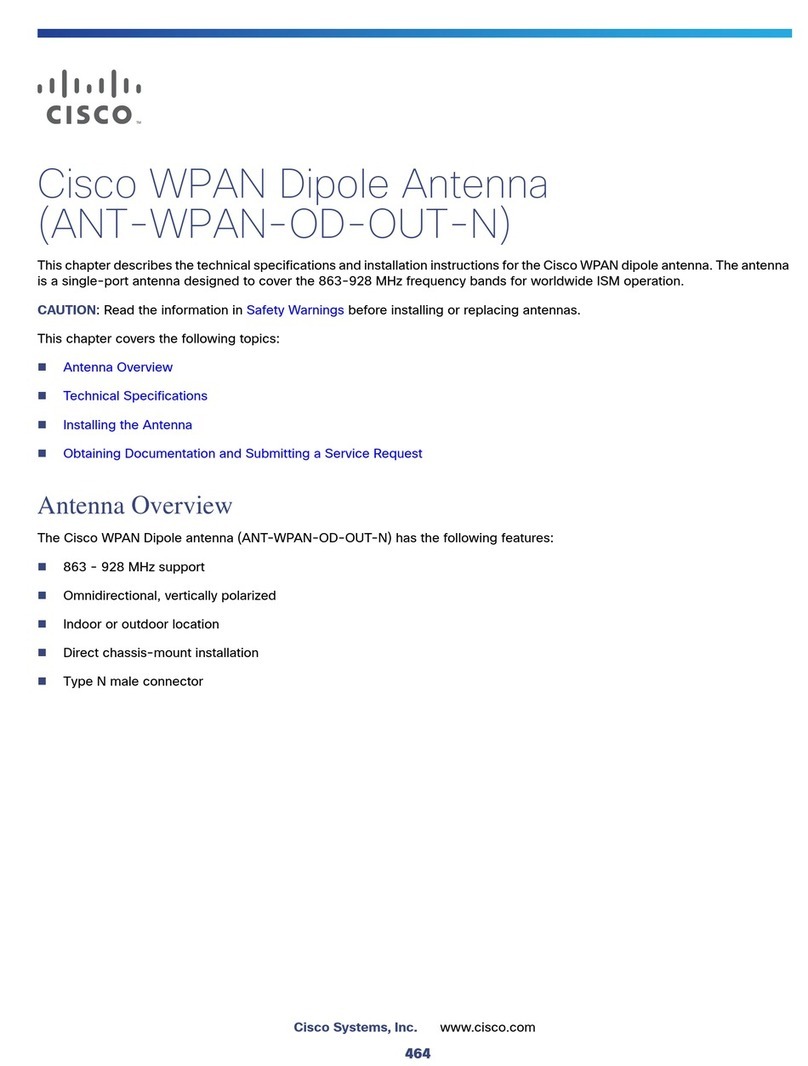
Cisco
Cisco ANT-WPAN-OD-OUT-N User manual
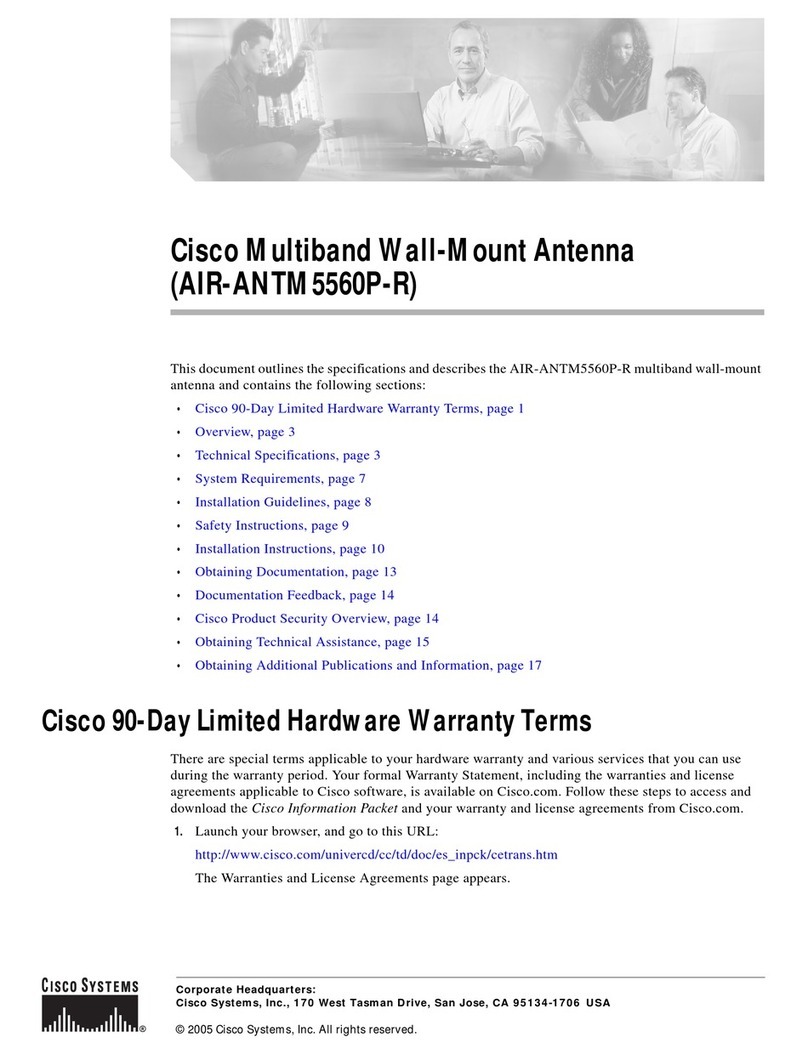
Cisco
Cisco Multiband Wall-Mount Antenna AIR-ANTM5560P-R User manual

Cisco
Cisco 2.4-GHz Swivel-Mount Dipole Antenna... User manual
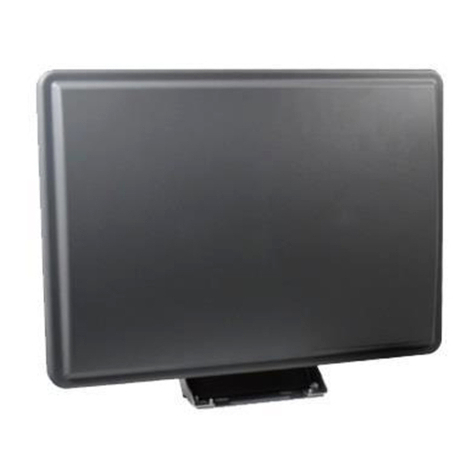
Cisco
Cisco Aironet AIR-ANT25137NP-R User manual
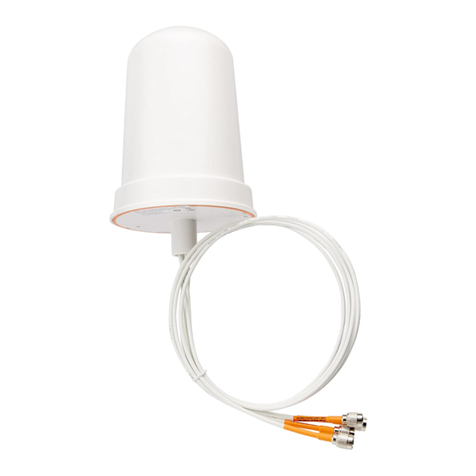
Cisco
Cisco AIR-ANT2544V4M-R Installation instructions

Cisco
Cisco ANT-4G-CM-IN-TNC User manual
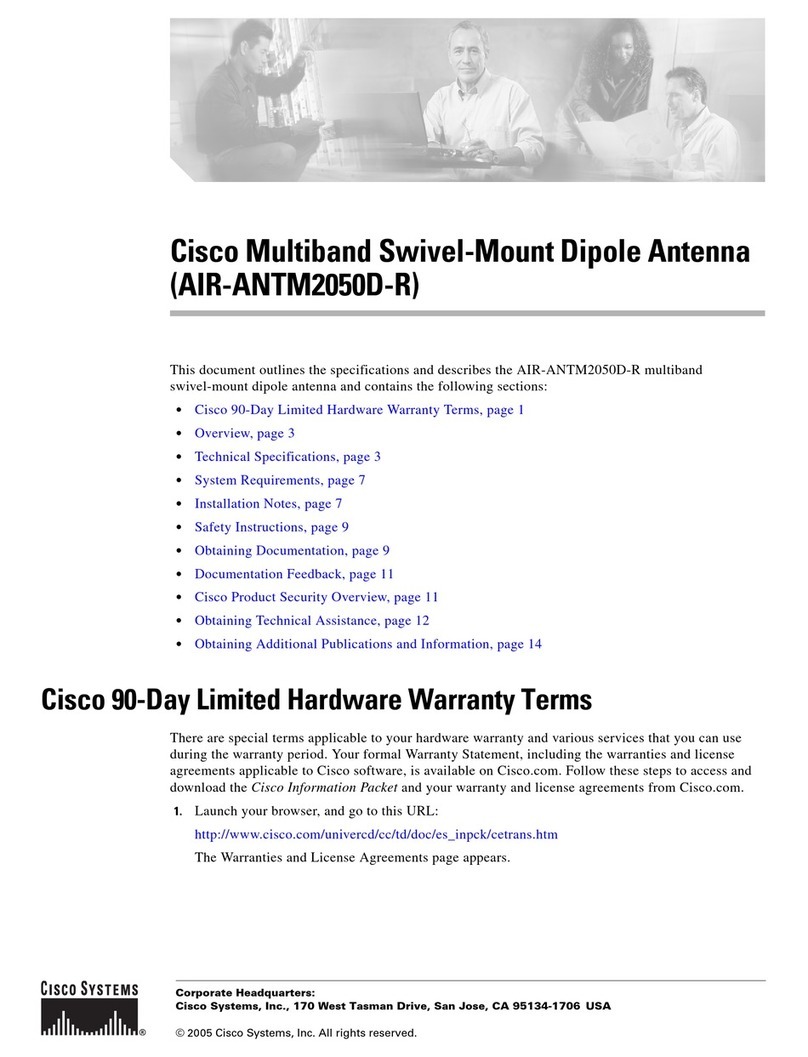
Cisco
Cisco Multiband Swivel-Mount Dipole Antenna... User manual

Cisco
Cisco AIR-ANT2485P-R User manual

Cisco
Cisco 4G-ANTM-OM-CM User manual

Cisco
Cisco Aironet AIR-ANT2465P-R User manual

Cisco
Cisco Aironet AIR-ANT1949 User manual

Cisco
Cisco Aironet AIR-ANT2012 User manual
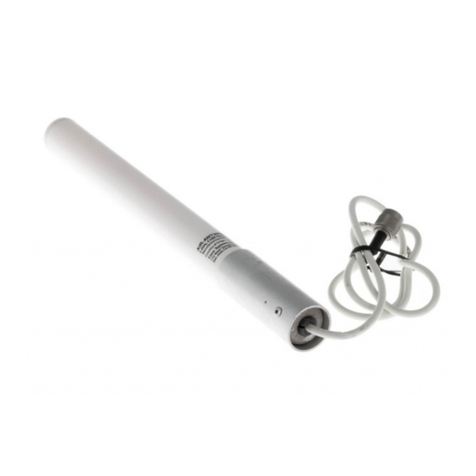
Cisco
Cisco Aironet AIR-ANT2506 User manual
Popular Antenna manuals by other brands

DAVIS
DAVIS Windex AV 3160 installation instructions

Belden
Belden Hirschmann BAT-ANT-N-14G-IP23 Mounting instruction

Vtronix
Vtronix YHK Fitting instructions

KVH Industries
KVH Industries TracVision 6 Technical manual

Leica Geosystems
Leica Geosystems GS10 user manual

Sirio Antenne
Sirio Antenne Gain-Master manual

Feig Electronic
Feig Electronic ID ISC.ANTH200/200 Series manual

TERK Technologies
TERK Technologies TV44 owner's manual

TERK Technologies
TERK Technologies SIR3 owner's manual

Directive Systems & Engineering
Directive Systems & Engineering DSE2324LYRMK quick start guide

HP
HP J8999A instructions

MobilSat
MobilSat MSP-S Mounting instructions
